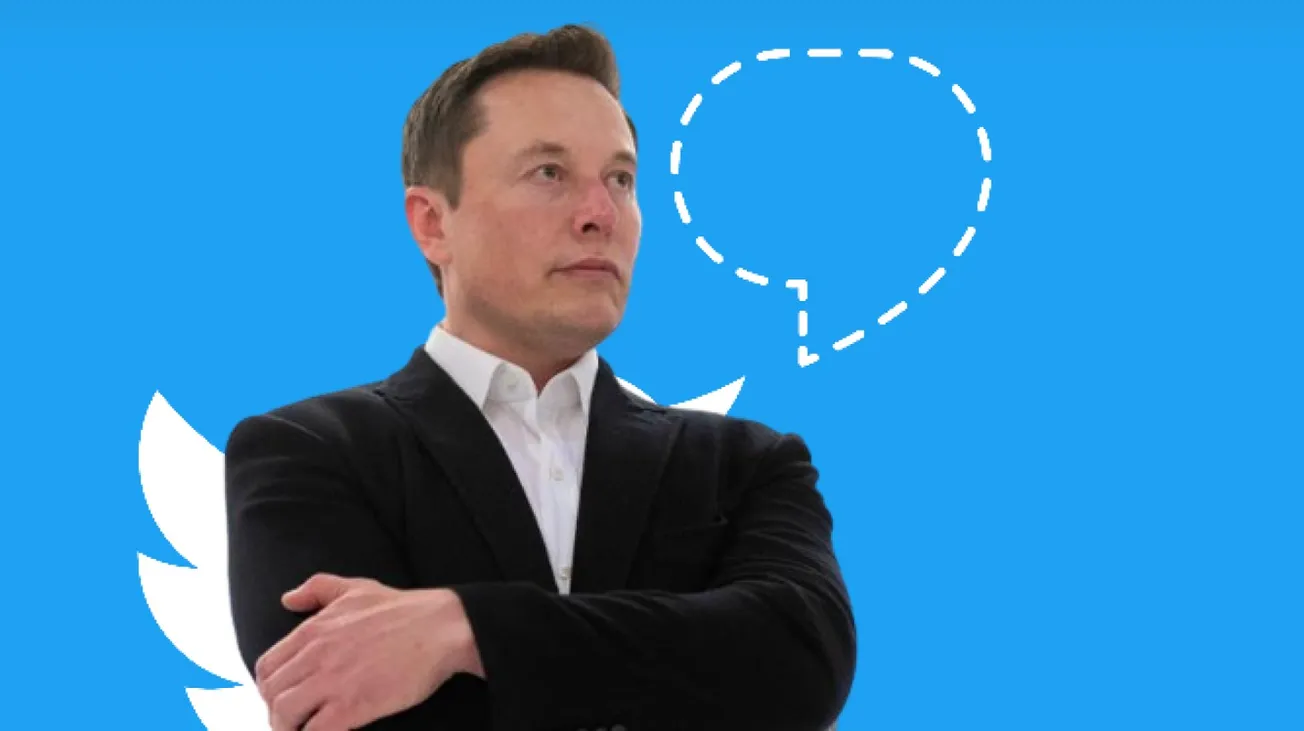Table of Contents
Peter Jacobsen
fee.org
Peter Jacobsen is an Assistant Professor of Economics at Ottawa University and the Gwartney Professor of Economic Education and Research at the Gwartney Institute. He received his PhD in economics from George Mason University, and obtained his BS from Southeast Missouri State University. His research interest is at the intersection of political economy, development economics, and population economics.
Elon Musk’s recent Twitter bid has raised a lot of intrigue over the future of the platform.
Musk, who on Friday indicated his acquisition was “on hold” pending review of fake accounts on the platform, has made several promises including making Twitter a bastion of free speech, releasing the Twitter algorithm to the public, and proclaiming war on spam bots.
One of the main fears, of course, is that in the absence of censorship, people will be misled by inaccurate or erroneous tweets. But while these fears are largely overstated, there’s one concern among Twitter users that does strike me as noteworthy.
Some ambiguity in Musk’s language has raised the concern that Twitter will require identity verification for all accounts. The Electronic Frontier Foundation has echoed this concern.
Pseudonymous or alternative accounts (alts) have been a mainstay of Twitter for a long time. They come with costs and benefits.
The cost of alts is clear. Without a connection to real identities, people can say cruel or false things at lower cost. It’s no new revelation that anonymity online can bring out the worst in people. Hiding behind alts is a great way for people to avoid accountability for their words. If the alt gets banned, it’s no big deal. Without skin in the game, alts foster toxicity.
But while the downsides of anonymity are obvious, there are also some benefits that are worth considering. For instance, having your real identity connected to social media can foster self-censorship. Out of fear of mobs targeting employers or family, people might keep beliefs to themselves rather than talking them out with others.
The riddle, then, is this. If Musk were considering a change to pseudonymous accounts, how could he maintain anonymity while giving the accounts enough skin in the game to be civil?
Markets in Everything
It may seem difficult to accomplish, but one potential solution stands out for Musk—sell anonymity.
The solution has two steps. First, anyone willing to verify their identity could be given the opportunity to verify that identity or affiliation and use the platform for free. Twitter could do this with whatever paperwork is used to confirm someone’s identity in the current verification process. For example, many crypto exchanges now require verification of identity through state-issued ID uploads.
After this initial verification, Twitter remains the same for users whose accounts represent their verified identity/affiliation.
Second, for any accounts which do not wish to verify they are “real humans” through the above process, the people behind the accounts can purchase their “verified” status. Instead of uploading documents that prove who you are, you pay some one-time fee, and you’re set.
In short, all users either verify their identity using paperwork or pay a one-time fee to keep their account pseudonymous.
Notice, this reintroduces the concept of skin in the game.
It’s well known by those who study economics that owning property incentivizes careful action. An anonymous account which uses Tweets to flame others will slowly become less relevant as more users block it. Finally, any account which engages in bannable behaviours (such as making threats) risks being permanently removed.
But now, instead of simply creating a new burner account, the user would have to pay a fee for a new anonymous alt. Thus, while they can still have the benefits of anonymity, they are discouraged from misbehaving on the platform, because they actually stand to lose money if they do.
Of course, this plan isn’t without some downsides. Anonymous users may not like having to pay, but having an option to do so seems better than simply being banned if verification is refused. So, in this sense, the plan is an improvement for anonymous users over a “require verification or get the ban” plan.
Another criticism could be that people with lots of money to throw around could just pay to be obnoxious, but this actually sounds fine to me. People being obnoxious on the internet won’t go away, so perhaps the best we can do is make these people waste their money.
Lastly, fear that payment would lead to identification is another relevant concern, though crypto options seem like an easy solution for a company owned by the likes of Elon Musk.
How much should it cost to make a pseudonymous account? That’s above my pay grade. But one of the nice things is even a minuscule fee will add up over time for repeat offenders, so the amount doesn’t really matter as much as the principle that you have to pay something.
Another feature of the fee system is its flexibility. A fee that’s too high will lower the quality of conversation as good “alts” leave, leading to ultimately lower ad revenue. On the flip side, a fee that’s too low will encourage more annoying burners which drive traffic away and ad revenue down. Twitter will be able to weigh these two effects using profit and loss calculation.
So, verified humans no longer deal with piles of annoying burner accounts, interesting and thought-provoking anonymous accounts have the option to buy in, skin in the game is preserved, and the shield of anonymity which creates interesting conversation remains.
It seems like a win-win relative to the alternatives of either banning alts altogether or letting them run wild.
Alts forever.
This article was originally published on FEE.org. Read the original article.









